Don't wanna be here? Send us removal request.
Photo
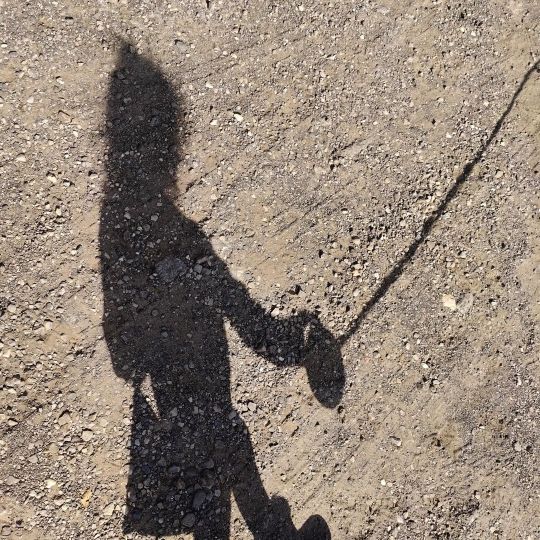
אהובתי השונה #17 (at Israel) https://www.instagram.com/p/CpPsMCBtlNu/?igshid=NGJjMDIxMWI=
0 notes
Video
vimeo
PNEUMA - Trailer - Eyal Ben Simon from eyal ben simon on Vimeo.
Pneuma | πνεῦμα Pneuma is a Video art artwork that takes its viewers along an enigmatic voyage through uncharted territory. Its four scenes correspond with four stages of perception and sensation that were recorded in the artist's consciousness while practicing techniques such as breathwork and rebreathing, and the analogy aims to evoke a similar emotions and experiences in the viewers as they are lead towards profound realms of the mind by means of artistic tools. The word Panuma in ancient Greek can mean wind, breath, spirit and vitality. Many languages and cultures have a word or route that combine air/wind, life/vitality, and spirit/soul meanings. Such a connection can be found in the biblical creation story "And the LORD God formed man of the dust of the ground and breathed into his nostrils the breath of life; and man became a living soul." (Genesis 2:7); as well as in the Greek mythology where Prometheus shaped man out of mud and had Athena breathe life into his clay figures. This link between meanings and concepts is also evident in Greek Philosophy. Pre-Socratic Monistic Greek philosopher Anaximenes, for example, considers air to be the source (arche) element from which, through rarefaction and condensation, all natural occurrences are formed. Air for Aristotle is one of four elements, and Pneuma is the life-giving power and the vital principal in all that lives. The two main sources of inspiration for Pneuma are the artist's experiences while practicing rebreathing technics, and the fundamental concepts of abstract art. Rebirthing – The respiratory system is the only system in the human body that is both automatic and controlled. Practicing breathwork and rebreathing can be used for achieving serenity, relaxation and a meditative state of consciousness, thereby creating a direct pathway to the mind or soul residing in the body. Abstract Art – Abstract artists have been searching for ways of presenting the conceptually inherent essence of objects by minimizing the presentation of composition, shape, and structure into pure abstraction in order for an artist, in Kandinsky's words, to "lead others to the pinnacle of the spiritual life of humanity with his work". The emotional connection that abstract art can create was described by Mark Rothko in a 1952 interview: "The fact that a lot of people break down and cry when confronted with my pictures shows that I can communicate those basic human emotions." Eyal Ben Simon's Pneuma does not presume to decipher the body-mind question. The work only wishes to utilize art as a means for viewers to have a subjective encounter with the self and perhaps gaining further access to the foundations of the collective unconscious, by implementing the practices of breathwork onto the process of actively viewing art and yielding to the effects that art have. The relaxing effects of breathing technics and the enchanting qualities of aesthetics are both harnessed for inducing states of euphoria in which one can encounter profound concealed emotions and experiences that arise while existing within the state of calmness and elation, or within the imagined world within a work of art. This creates a real and effective connection with the self that can help one cope with personal, individual, or, alternately, universal, and archetypal issues. In both cases, the technics and methods are not intended as a goal in itself. They are tools for profound artistic investigation aiming for "elimination of all obstacles between the painter and the idea, between the idea and the observer." as Rothko described the objectives of Abstract Art. The most significant artistic devices that were employed throughout the very long process of bringing this work to completion were – removal and abstraction: Encounters with Art are always charged with the mental and intellectual baggage the viewers bring along and are therefore forever new and unique at any given moment. For true encounters we must refrain from settling for a two-dimensional observation of components and details only. We should allow ourselves to be swept into that state of meditative calmness which enables being swooped in. We must let ourselves experience whatever arises in us while we quiet our mind, listen, and observe. Whenever I engage in meditative practices, a new experience is formed in me and the same also applies to each encounter with Eyal Ben-Simon's Pneuma as curiosity emerges, and a yearning to find out what the next recurring observation would evoke in me.
0 notes
Video
vimeo
PNEUMA - Trailer - Eyal Ben Simon from eyal ben simon on Vimeo.
Pneuma | πνεῦμα Pneuma is a Video art artwork that takes its viewers along an enigmatic voyage through uncharted territory. Its four scenes correspond with four stages of perception and sensation that were recorded in the artist's consciousness while practicing techniques such as breathwork and rebreathing, and the analogy aims to evoke a similar emotions and experiences in the viewers as they are lead towards profound realms of the mind by means of artistic tools. The word Panuma in ancient Greek can mean wind, breath, spirit and vitality. Many languages and cultures have a word or route that combine air/wind, life/vitality, and spirit/soul meanings. Such a connection can be found in the biblical creation story "And the LORD God formed man of the dust of the ground and breathed into his nostrils the breath of life; and man became a living soul." (Genesis 2:7); as well as in the Greek mythology where Prometheus shaped man out of mud and had Athena breathe life into his clay figures. This link between meanings and concepts is also evident in Greek Philosophy. Pre-Socratic Monistic Greek philosopher Anaximenes, for example, considers air to be the source (arche) element from which, through rarefaction and condensation, all natural occurrences are formed. Air for Aristotle is one of four elements, and Pneuma is the life-giving power and the vital principal in all that lives. The two main sources of inspiration for Pneuma are the artist's experiences while practicing rebreathing technics, and the fundamental concepts of abstract art. Rebirthing – The respiratory system is the only system in the human body that is both automatic and controlled. Practicing breathwork and rebreathing can be used for achieving serenity, relaxation and a meditative state of consciousness, thereby creating a direct pathway to the mind or soul residing in the body. Abstract Art – Abstract artists have been searching for ways of presenting the conceptually inherent essence of objects by minimizing the presentation of composition, shape, and structure into pure abstraction in order for an artist, in Kandinsky's words, to "lead others to the pinnacle of the spiritual life of humanity with his work". The emotional connection that abstract art can create was described by Mark Rothko in a 1952 interview: "The fact that a lot of people break down and cry when confronted with my pictures shows that I can communicate those basic human emotions." Eyal Ben Simon's Pneuma does not presume to decipher the body-mind question. The work only wishes to utilize art as a means for viewers to have a subjective encounter with the self and perhaps gaining further access to the foundations of the collective unconscious, by implementing the practices of breathwork onto the process of actively viewing art and yielding to the effects that art have. The relaxing effects of breathing technics and the enchanting qualities of aesthetics are both harnessed for inducing states of euphoria in which one can encounter profound concealed emotions and experiences that arise while existing within the state of calmness and elation, or within the imagined world within a work of art. This creates a real and effective connection with the self that can help one cope with personal, individual, or, alternately, universal, and archetypal issues. In both cases, the technics and methods are not intended as a goal in itself. They are tools for profound artistic investigation aiming for "elimination of all obstacles between the painter and the idea, between the idea and the observer." as Rothko described the objectives of Abstract Art. The most significant artistic devices that were employed throughout the very long process of bringing this work to completion were – removal and abstraction: Encounters with Art are always charged with the mental and intellectual baggage the viewers bring along and are therefore forever new and unique at any given moment. For true encounters we must refrain from settling for a two-dimensional observation of components and details only. We should allow ourselves to be swept into that state of meditative calmness which enables being swooped in. We must let ourselves experience whatever arises in us while we quiet our mind, listen, and observe. Whenever I engage in meditative practices, a new experience is formed in me and the same also applies to each encounter with Eyal Ben-Simon's Pneuma as curiosity emerges, and a yearning to find out what the next recurring observation would evoke in me.
0 notes
Photo
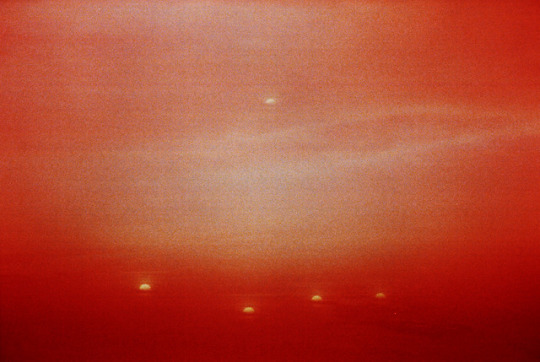
FROM THE SERIES - #RED #THOUGHTS
0 notes
Photo
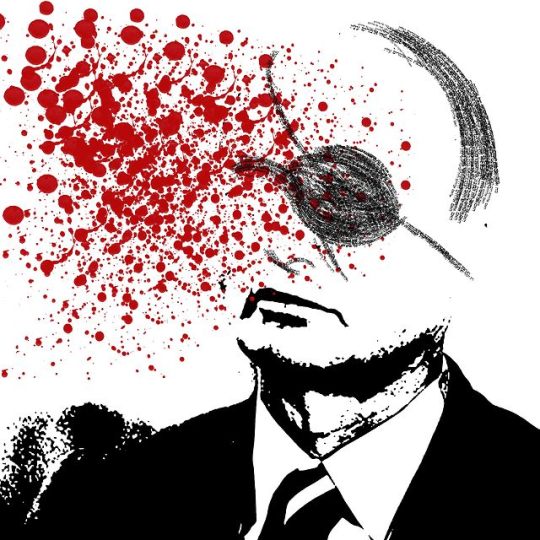
from the series: compound
by: eyal ben simon
1 note
·
View note
Photo

from the series: compound
by: eyal ben simon
#art#art painting#art photography#graphic design#graphic art#art abstract#political art#eya ben simon
0 notes
Photo

from the series: compound
by: eyal ben simon
1 note
·
View note
Photo
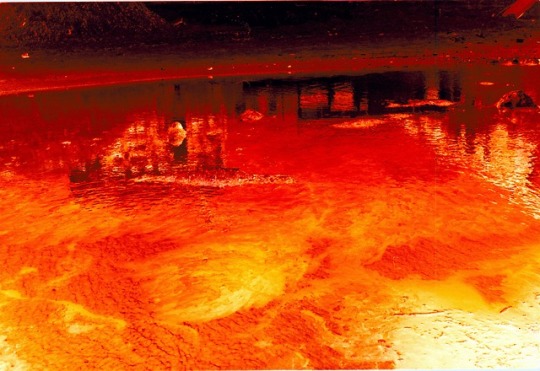
FROM THE SERIES - #RED #THOUGHTS
0 notes
Photo

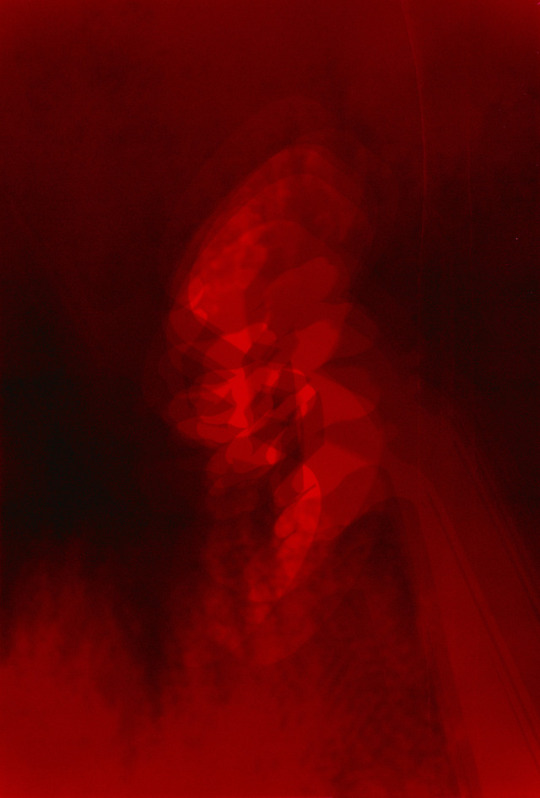

FROM THE SERIES - RED THOUGHTS
0 notes
Link
0 notes


